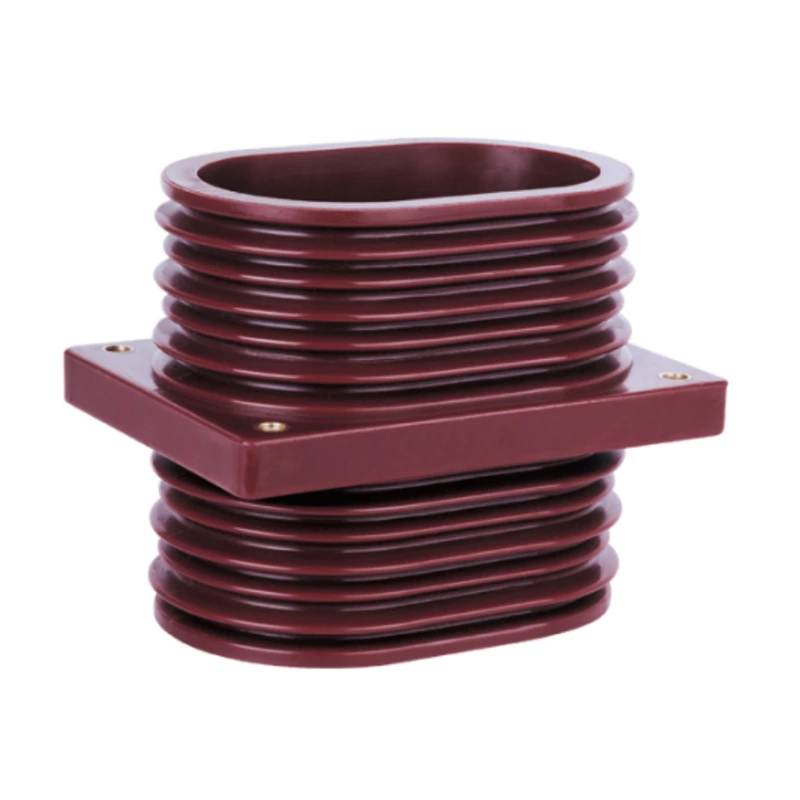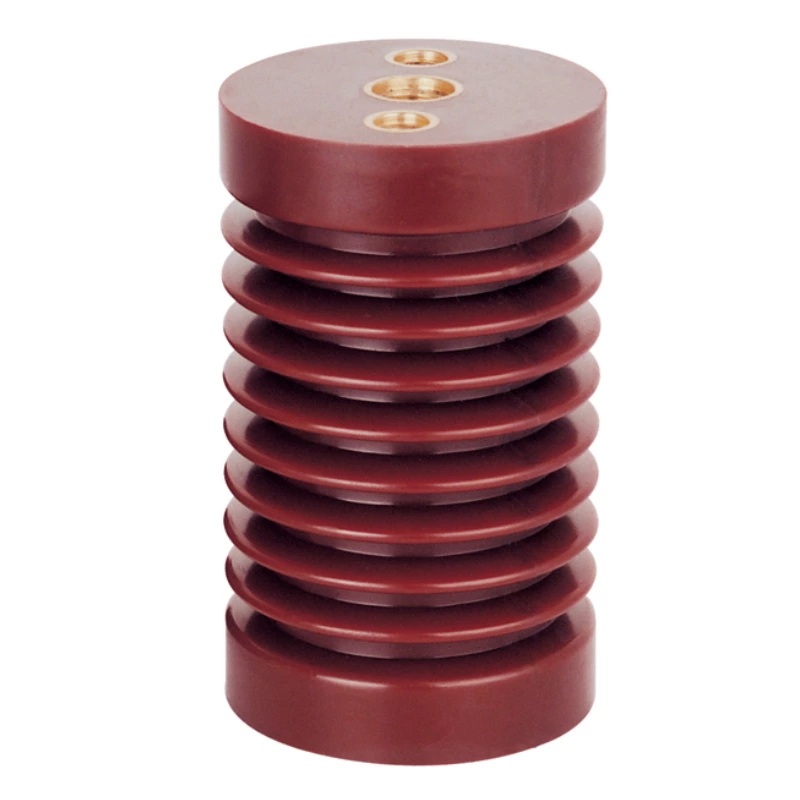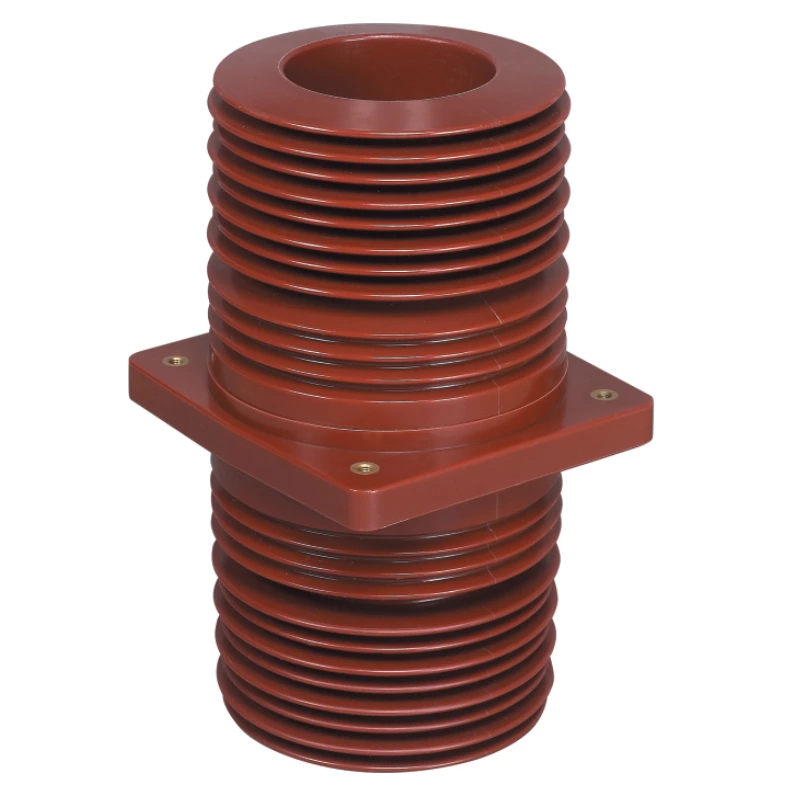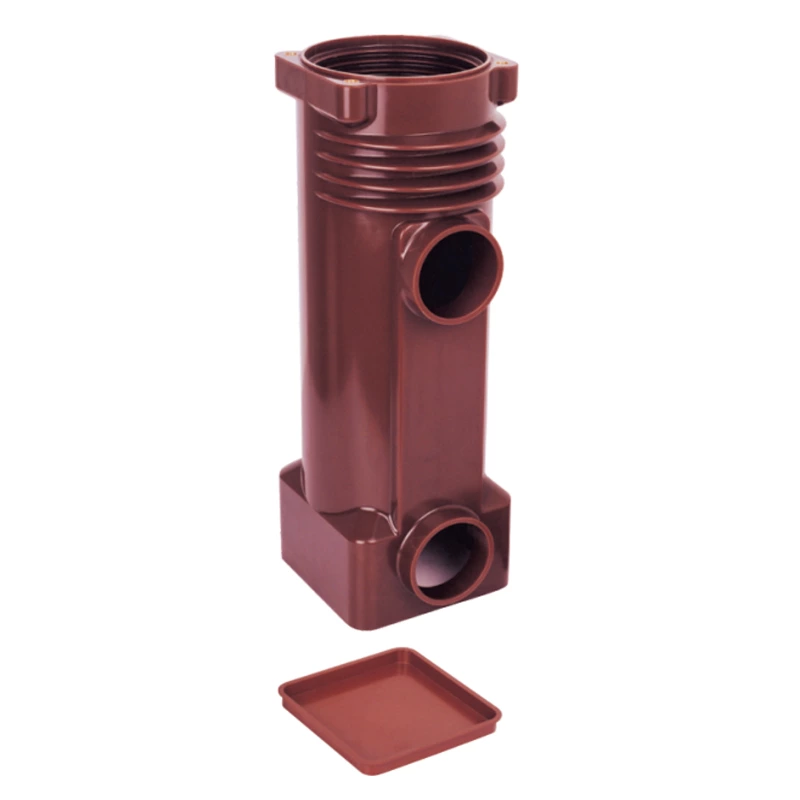35kv Wall-penetrating Epoxy Resin Bushing Resistance Test Report
In the power system, 35kV through-the-wall epoxy bushing is an important equipment, and its insulation performance is directly related to the safe and stable operation of the power grid. Especially under high voltage, the insulation resistance of epoxy resin bushing is a key factor to ensure the normal operation of the equipment. Conducting insulation resistance test on 35kV through-the-wall epoxy resin cast bushing is of great significance for discovering potential insulation problems, taking measures in advance, and preventing accidents. The main purpose of this experiment is to test the insulation resistance value of 35kV through-the-wall epoxy bushing manufacturer to determine whether the insulation performance of epoxy bushing for transformer meets the design requirements, so as to ensure its safe operation in the power system. Insulation resistance refers to the ability of the bushing insulation material to hinder current under a certain voltage. According to Ohm's law, insulation resistance is closely related to the applied voltage, the current passing through, and the insulation material characteristics of the bushing. The larger the resistance value, the better the insulation performance and the less current leakage. Conducting high voltage insulation resistance test can effectively detect the insulation state of the bushing and predict possible failure risks. When conducting insulation resistance tests on 35kV wall bushings, DC high-voltage test instruments are usually used to apply appropriate DC high voltage to the outside and inside of the bushing to test the changes in current and obtain the insulation resistance value.
Experimental equipment and methods
To ensure the accuracy and reliability of the experimental results, the following equipment was used in this experiment:
1. High-voltage DC test equipment: This equipment can provide a stable 35kV high-voltage DC power supply, with high-precision current and voltage measurement functions to ensure accurate data during the experiment.
2. Digital insulation resistance tester: This instrument can monitor the changes in insulation resistance in real time and has an automatic alarm function, which can issue a warning when the resistance value is lower than the safety standard.
3. Grounding device: To ensure the safety of the test, the experiment is strictly operated in accordance with the grounding standard to avoid high-voltage current from causing damage to personnel and equipment.
4. Safety protection equipment: including high-voltage gloves, insulating pads, etc., to ensure the safety of experimenters when conducting high-voltage tests.
1. Preliminary inspection: Perform an appearance inspection on the 35kV wall bushing to ensure that there are no obvious cracks, stains or other damage on the surface of the bushing. Then, check all test equipment to ensure that the cable joints and test instrument connections are not loose.
2. Test voltage setting: Set the high-voltage DC test voltage to 35kV according to the experimental requirements, gradually adjust the voltage to the target value, and maintain a stable state.
3. Perform insulation resistance test: Connect the electrodes of the test instrument to the outside and inside of the bushing respectively, and measure the current through the tester. Monitor the current changes and calculate the insulation resistance based on the measured current value.
4. Result recording and analysis: The data during the test needs to be recorded in real time and compared with the standard value. If the test result shows that the insulation resistance value is lower than the standard value, further analysis is required to find out the cause and take measures.





